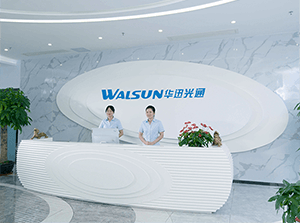PRODUCTS

- Yes, QSFP56 and QSFP-DD are compatible with each other. QSFP56 and QSFP-DD both use the same form factor and are designed to support higher data rates and increased port density in networking applications. This compatibility allows for flexibility in network design and the ability to use both QSFP56 and QSFP-DD modules and connectors within the same network infrastructure.Here are the key differen1178

- The main difference between QSFP (Quad Small Form-factor Pluggable) 100G and QSFP28 lies in their data transfer rates and the associated standards. Both are types of QSFP modules used for high-speed data transmission in networking applications. Here's a breakdown of the differences:Data Transfer Rate:QSFP 100G: QSFP 100G typically refers to a QSFP module that supports a data transfer rate of 1861

- FR4 and MCPCB (Metal Core Printed Circuit Board) are different types of printed circuit boards, and their main differences lie in their construction and materials.FR4:Material: FR4 is a type of electrical-grade laminate made from woven fiberglass cloth impregnated with epoxy resin. The name "FR4" stands for Flame Retardant 4, indicating its fire-resistant properties.Construction: FR4 boa995

- The speed of a 1000BASE SFP (Small Form-factor Pluggable) module is 1 gigabit per second (Gbps). The "1000BASE" designation indicates that the module operates at a data rate of 1000 megabits per second, which is equivalent to 1 gigabit per second. These modules are commonly used for Gigabit Ethernet connections and are widely employed in networking equipment such as switches, routers, an1017

- SFP-DD (Small Form-factor Pluggable Double Density) is a next-generation optical transceiver form factor that supports higher data rates compared to traditional SFP (Small Form-factor Pluggable) modules. SFP-DD modules are designed to double the data rate density while retaining backward compatibility with existing SFP ports. The data rates supported by SFP-DD modules include:SFP-DD (Single Channe1080


 CHS
CHS Walsun Mall
Walsun Mall










